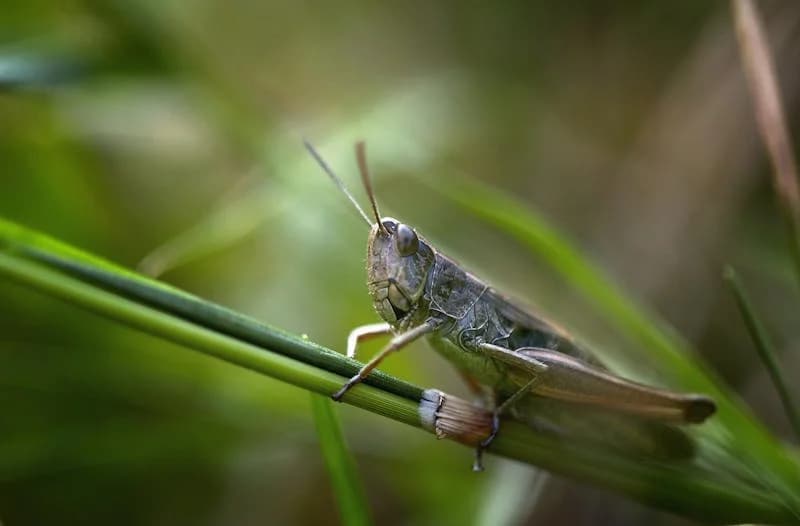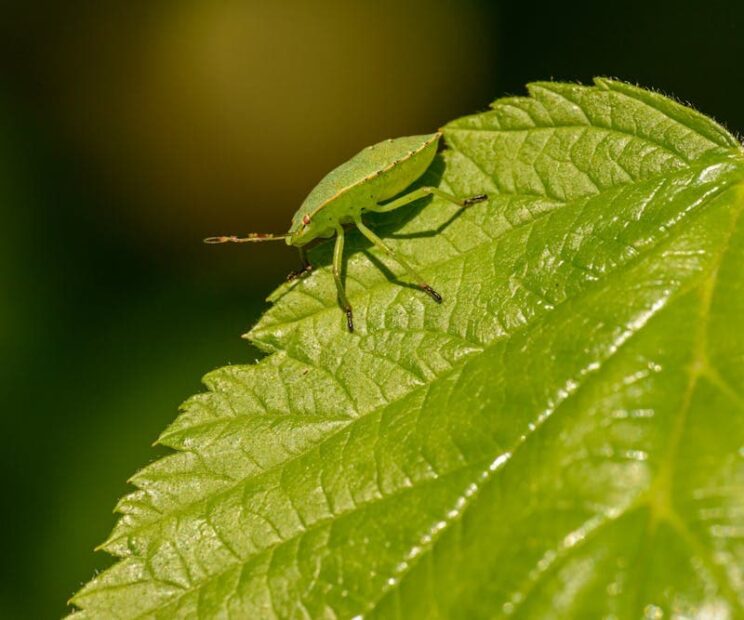The Biological Phenomenon of Mimicry
Mimicry is the ability of an organism to mimic other objects, often belonging to other species. It is an amazing phenomenon in nature, demonstrating how different species have evolved incredible strategies for survival.
Mimicry helps animals defend themselves from predators, attract prey, or hide in the background of their environment. Mimicry can be so precise that even experienced observers can be fooled.
This phenomenon illustrates the complex relationships in ecosystems where each species strives to survive. Mimicry not only helps to avoid the attention of predators, but can also be used to attract mates during reproduction.
The Diversity of Mimicry
Mimicry is found in many species, from insects to fish to birds. Each uses its own unique form of mimicry to survive in the wild.
For example, some species of butterflies have evolved mimicry that allows them to look like leaves or tree branches. This not only protects them from predators, but also improves their hunting abilities, allowing them to remain invisible to prey.
In the insect world, there is also the phenomenon of Bates mimicry, where non-poisonous species mimic the colouration of poisonous ones to deter predators. This suggests that mimicry can be a complex and multi-layered survival strategy.
Terrestrial Animals
The Zagros Mountains in Iran are home to a spider-tailed snake that uses its tail to attract birds. This species of snake demonstrates how mimicry can be used for hunting.
Mimicking a spider allows it to attract birds that fly closer, thinking they have found easy prey. This strategy emphasises nature’s ingenuity in finding ways to survive.
It also shows how mimicry can promote dietary diversity, allowing predators to attract different types of prey.
Sea Creatures
Octopuses are masters of mimicry, able to change the colour and shape of their bodies to mimic other marine animals. For example, a mimic octopus can mimic a lionfish, a sea snake, or even a jellyfish.
This ability makes octopuses some of the most amazing creatures in the sea. Their ability to adapt to their environment and avoid predators or prey ambushes shows how mimicry aids survival in the diverse and often hostile conditions of the underwater world.
The mimicry of octopuses also illustrates their high level of cognitive ability and capacity for learning.
Insects
Some insects, such as lanternfly, use mimicry to defend themselves against predators by mimicking more dangerous animals. In addition, monarch butterflies and their mimics exhibit what is known as Müllerian mimicry, where venomous species develop similar colouration, increasing their chances of survival by reducing attacks from predators.
These insects perfectly illustrate how mimicry can function as both a deception mechanism and a means of warning of potential danger. The use of mimicry by insects emphasises their ability to adapt and survive under constant threat from predators.

Defence Strategies
Mimicry serves not only for defence but also to attract prey. For example, some species of spiders mimic flowers to attract pollinators, which they then capture.
In other cases, animals use mimicry for concealment, like many species of camouflage fish that blend in with their surroundings. These strategies allow animals to not only avoid encounters with predators, but also increase hunting efficiency, creating an advantage in the fight for survival.
Interestingly, mimicry can be used not only to mimic other animals or environmental objects, but also to create the illusion that an animal has defence or deterrent mechanisms that it does not actually have.
Defence strategies using mimicry:
- Predator mimicry: Some species of butterflies mimic the eyes of large predators on their wings to deter smaller predators.
- Merging with their surroundings: Many species of lizards and insects adopt colours similar to their surroundings, making them virtually invisible to predators.
- Imitation of unpalatable or poisonous species: Some edible insect species take on the colouration of poisonous species to deter potential predators.
- Pretending to be dead: Some bird and insect species pretend to be dead in case of danger, thereby losing interest to predators.
- Imitating inedible objects: Many caterpillars and spiders may imitate the appearance of twigs, leaves, or even bird droppings to become less attractive to predators.
- Use of distracting markers: Some animals, such as hares and certain species of birds, have brightly coloured spots on their bodies that can distract a predator at the moment of attack, giving the prey precious seconds to escape.
- Threat imitation: Some insects and reptiles can visually magnify their body size or imitate a threat to scare off predators, for example by spreading their wings or raising their heads.
Conclusion
Mimicry is a striking testament to adaptability and ingenuity in the natural world. This phenomenon demonstrates the profound relationship between different species and their habitats. The study of mimicry opens new horizons for understanding animal evolution, adaptation and behaviour, offering endless possibilities for scientific discovery.
